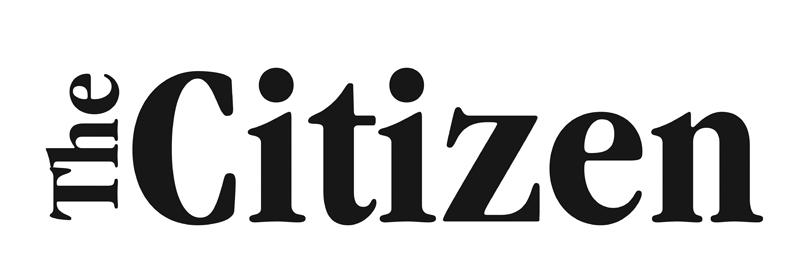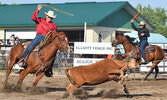Seventh annual Dungannon Pro Rodeo impresses crowds, continues to grow
BY SCOTT STEPHENSON
Since its inception in 2017, the Dungannon Pro Rodeo (DPR) has been a big draw for the village; each year, thousands of visitors pile into the Dungannon Fairgrounds to enjoy the two-day exhibition of traditional western sports.
This past weekend, the seventh annual DPR took place in the blazing afternoon heat - but the effects of the sun didn’t dampen the crowd’s full-throated appreciation for the event. Organizers took care to designate numerous shaded areas to provide relief during the day, and after sunset, things cooled down just in time for the Saturday night dance.
While the DPR is part of the relatively new tradition of rodeo in Ontario, the skill and art of rodeo is rooted in ancient Spain. According to the writing of Athenian scholar Xenophon’s book On Horsemanship, the best horse-trainers of the ancient world were located on the Iberian Peninsula of Spain. Xenophon posits that the training methods of the domesticated horses of that region were second to none. Early cattle herders had developed a bareback riding style that focused on roping, agility and intuitiveness, which also made Iberian horses invaluable during times of war. It is now believed that both the bloodlines of Spanish horses and the methods employed in training them were influenced by many cultures, including Indigenous Iberians, Celtic tribes, Moors, Carthaginians, Romans, and Germanic Goths.
When Spanish conquistadors first arrived in what is now Mexico, they brought these horses and training methods with them. They also brought cattle. Eventually, an empire built on the wealth generated from ranching replaced the Aztec Empire, and the advent of large-scale cattle farming required wide-ranging grazing paths to feed huge herds. The collected skills of centuries of horse trainers were eventually passed on to Mexican cattle herders, who became known as vaqueros in the 1800s. Vaqueros became well-known as adept horseriders, with excellent herding ability and rope skills. The vaqueros began engaging in friendly contests to test the skills essential to their work on the open range.
The techniques caught on with Anglophone cattleherders, and so did the competitions - in the 1860s, cowboy skill competitions were recorded as happening in Colorado, Arizona and Texas. The rodeo was first popularized as an American art form by travelling Wild West Shows, and later, films and television cemented the image of the cowboy and the rodeo as quintessentially American traditions.
The original mainstays of those early rodeos - bareback riding, steer wrestling, roping and bull riding - were on fine display in Dungannon this past weekend. These traditional feats of strength were displayed by a mix of travelling professionals (from the Rawhide Rodeo Company) and local talents with a burning desire to show off their roping, wrestling and riding skills. Every contestant, whether amateur or professional, gave it their all in a dual display of grace and brutality that reminded the crowds of some of history’s most challenging farming challenges.
The DPR also featured agility-based events like pole bending evolved from the horsemanship of Indigenous tribes like the Nez Perce, who would train Appaloosa horses by weaving between obstacles. When pole bending and barrel racing were first introduced to western rodeo events, they were a sideshow, exclusively the domain of female riders. While still female-dominated sports, the DPR proves that these impressive displays of horse-human synergy are more than worthy of the main event ring.
To bring the whole family in on the fun, the DPR also features two events for children that are always sure to please the crowd. First, there's the calf scramble, in which youngsters chase down their cow counterparts in an effort to tie ribbons to their tails, and the always adorable mutton busting, in which the youngest cowpokes struggle to stay atop a sheep for any amount of time.
This year, the event also had a very popular rock climbing wall, for non-competitive visitors still looking to test their mettle.
From the first Spanish haciendas to the Dungannon Fairgrounds, the art of rodeo has endured as a source of education and entertainment. It remains a celebration of the partnership that can develop between people and animals, and a testament to the complex tapestry of human migration that makes up Western heritage. Fans are already looking forward to next year’s event!

